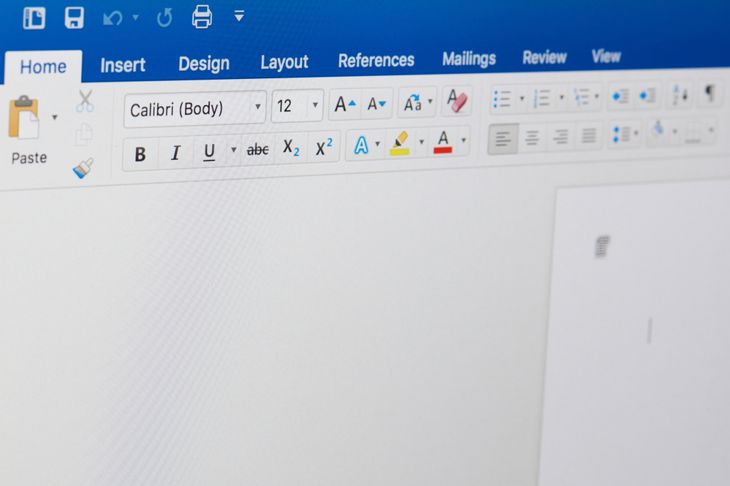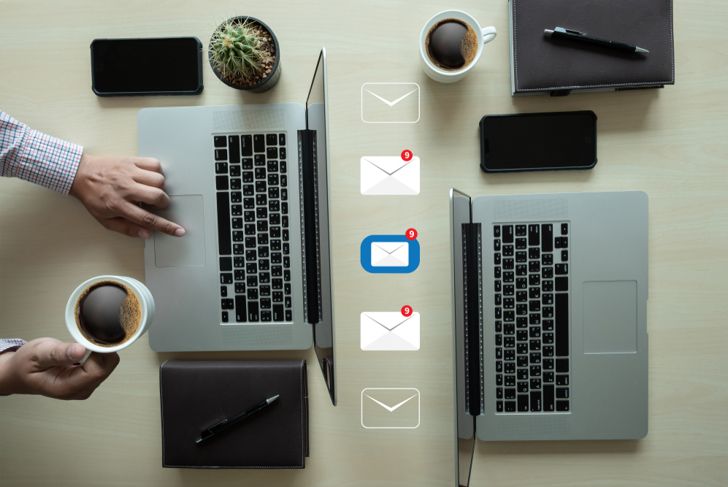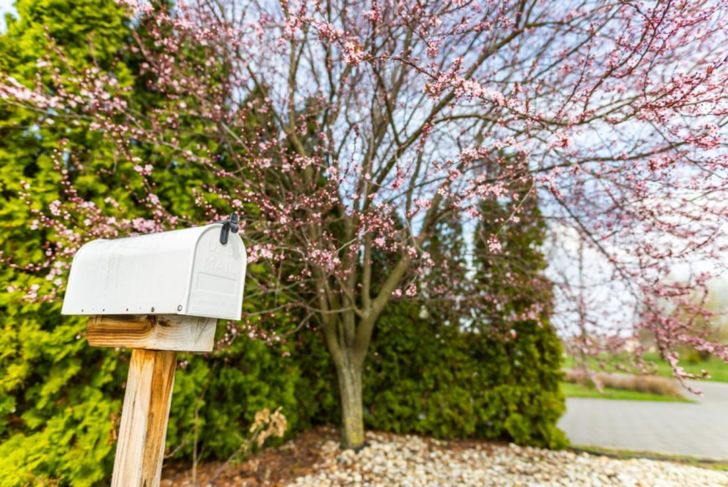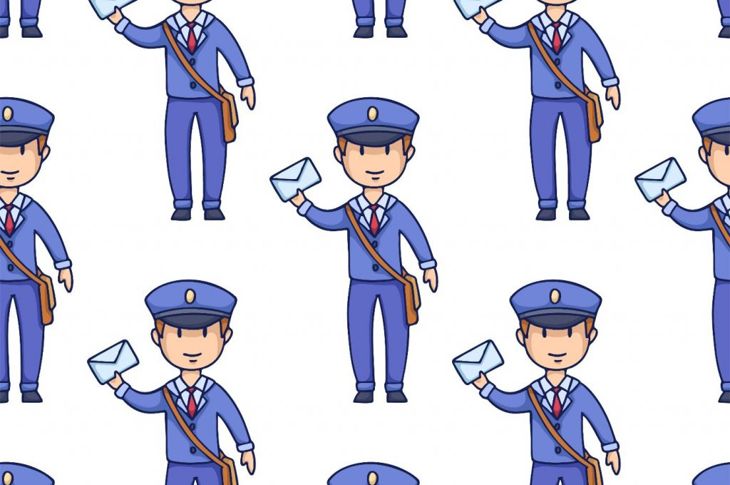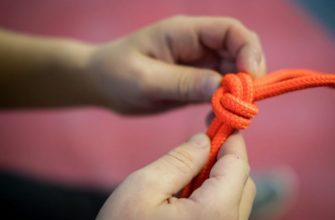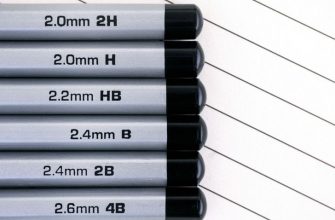There are a couple of different types of letters. It is important to understand who you're writing to and what type of letter you should draft before getting started. If you're writing to someone you know professionally, a business, or a government official or department you'll be composing a formal letter which has different requirements from an informal letter. You can draft an email if the subject is urgent or if the person you're writing prefers to correspond via electronic mail. An informal letter will be written to someone you know like a friend or a family member. The composition of an informal letter is more relaxed than a formal letter.
Getting Started on Writing Your Letter
A formal letter will need to be typed and printed unless you're using email. Utilize common software like Open Office, Text Edit, or Google Docs. Each of these programs offers an introductory lesson on how to generally use the software. Remember that if you're writing to someone whom you work with currently, the tone of your letter doesn't have to stick to severely formal layout for a letter. Because you know your boss or co-worker your letter can be more relaxed in tone.
Style Choices and the Header for Formal Letters
Formal letters require restraint on the style choices of the person drafting the composition. Microsoft Word and other software programs will allow you to choose the font and size of your print. Formal letters should always use the Calibri or Times New Roman fonts. The size should be between 10 and 12, and should never be in bold, italicized, or crowded with unnecessary clip art or spacing. This rule stands for emailed formal letters too.
Using a Header in a Formal Letter
A formal letter follows a specific format. Straying from this established format may leave your recipient doubtful of your intentions. A formal letter should either be written on business letterhead or follow these rules: Your name and address should be typed on the left at the top of the page. The hit the enter key twice (hop down two lines) and include the date like this: April 29, 2018. It is also acceptable to write the date like this: 4/29/2018.There's no need to include the date when writing an email because your email service will automatically include the date and time the email was sent.
Recipient's Information
The next step to composing your formal letter is to type out your recipient's address underneath your location information. Hop down two spaces from where your address is located and type out the recipient's whole name and underneath their name type out their title. Make sure you capitalize the first letter of their first, and last names and their title. On the next line include their company or organization's name. Remember to capitalize proper nouns! On the next few lines type out their address. It's best to use two or more lines to mimic the correct format of an addressed envelope.
Choose Your Greeting
Hop down a line (or space) before you address your reader. The salutation is how you greet the recipient of your letter. Most letters usually begin with Dear, and it's best to stick with this greeting when composing formal letters. If you don't know the person's name, but know their title try having a search on the web before deciding to address them by their position. In a worst-case scenario, you can address your recipient like this: Dear Sir or Madam, or To Whom It May Concern.The most accepted format for a salutation includes their first and last names and if they have one their abbreviated professional title. It's okay to use just their last name, but do not address them by just their first name in a formal letter. Always, always, always proofread your letter! If you're unsure of your proofreading skills, ask a friend to read your letter, or read the content aloud.
Write the Body of the Letter
When drafting a formal letter, there are many rules the writer should abide by as they compose the document. Make sure to state the purpose and intention of the contact clearly. Do not use contractions. Instead of using can't, write cannot instead. Also, make certain to phrase questions formally. For example: Would you please review my account? This is the preferred method of asking a question, in contrast to an informal question like: do you think you could review my account? Reviewing the grammar and content of your formal letter is vital. Grammatical mistakes and unwieldy content can damage the seriousness of your communication. Also, a formal letter shouldn't be longer than one page.
Closing the Formal Letter
Once you've completed the body of your formal letter, it's important to end the communication with a positive termination. A complimentary close is a way to wrap up the letter and wish the reader well politely. Formal letters require a space between the body of the document and the closure. The most commonly accepted complimentary closures are Kindest Regards, Sincerely Yours, and Best Wishes. It's crucial to leave a space between the goodbye and your typed name. This space is where you'll leave your handwritten signature. Make sure you sign your name in black or blue ink. Other colors of ink might be difficult to read or appear juvenile in a formal letter.
Addressing the Envelope
Before you can put the formal letter into the corresponding envelope, you'll need to fold the paper. The letter will be folded into thirds. Begin with the bottom section of the paper folding it covering approximately 70 percent of the page and go ahead and crease the letter. Then fold the top part of the page, so the crease lines up with the bottom of the letter. Folding your formal letter this way will ensure your communication fits into most envelopes.
Address Your Formal Letter
To address the letter to the recipient find the front-side of the envelope. Then locate the width-wise and length-wise center of the envelope. This is where you'll write the full name and proper address of your recipient. If you're sending the letter via the post office service, it's best to include your return address. The return address is placed in the upper, left-hand corner of the front side of the envelope. Including a return address ensures that if the letter cannot be delivered that it will be returned to you. Make sure you include proper postage on the upper, right-hand side of the front side of the envelope!
Writing Informal Letters
Writing an informal letter has a lot fewer rules than composing a formal letter. You'll need to provide a salutation, make sure you have a purpose and ensure that your grammar is correct. When you're finished writing a casual letter, you can sign it any way you please. It's best to follow the rules of polite society when writing your informal correspondence. It's important to remember that older generations may not understand how email works, they may not even have an email account or access to the internet. In this case, it's best to scribe a hand-written letter for their convenience.

 Home
Home Health
Health Diet & Nutrition
Diet & Nutrition Living Well
Living Well More
More